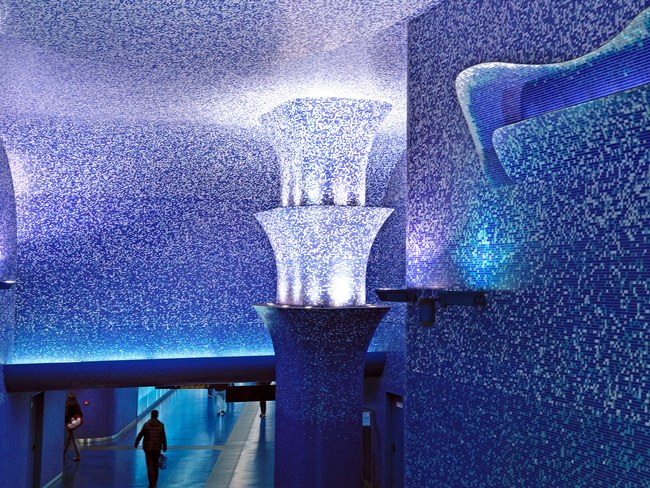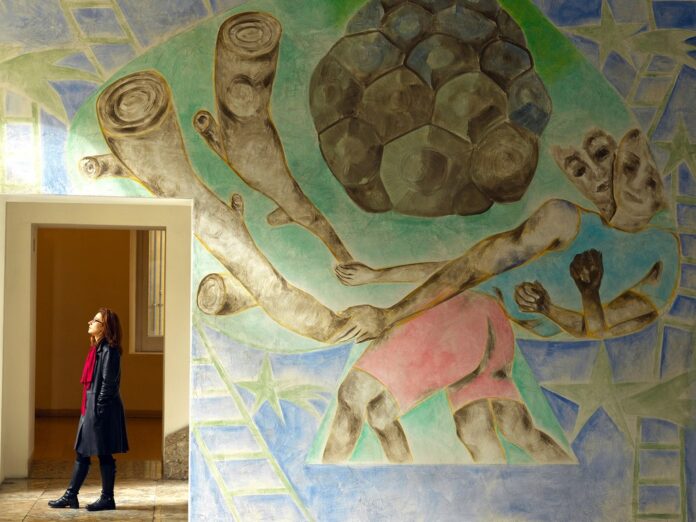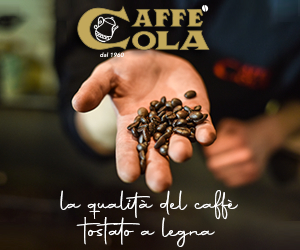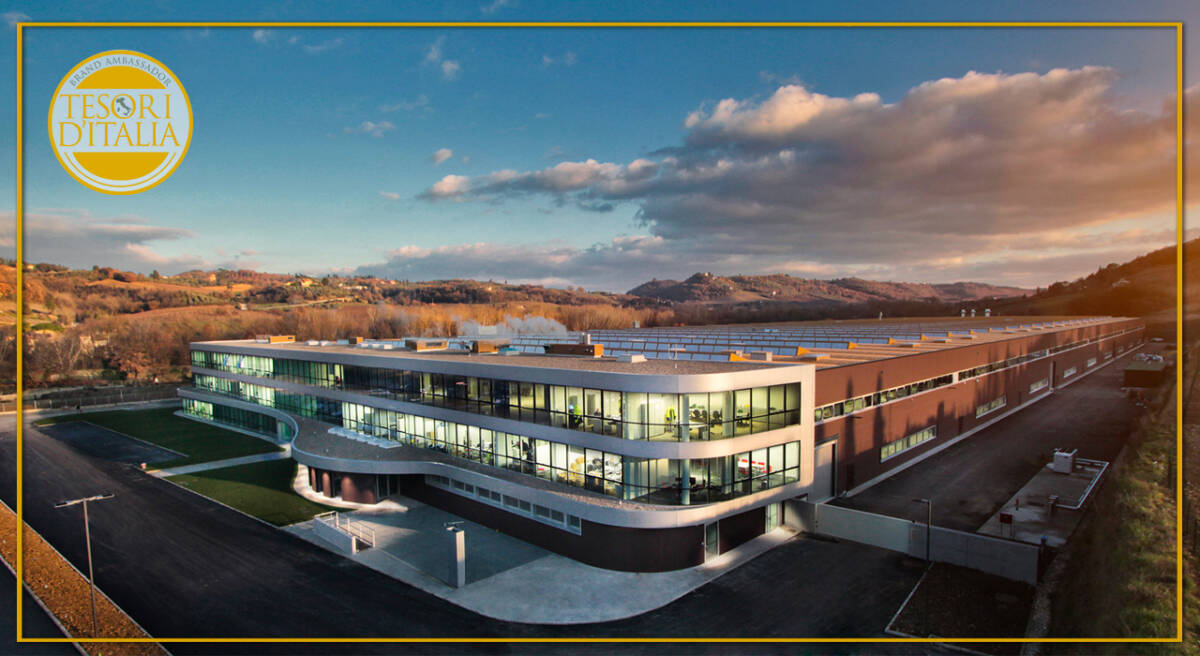Guy Trebay finds a thriving scene at MADRE, Museo Capodimonte, and other galleries in the nearly 3,000-year-old city.
There will be no pizza. Forget about the thousand flavors of gelato. Let’s for the moment skip over even the most banal of Naples generalities—the Grand Guignol crime, the welter of saints and leprous corruption and a decline apparently already under way in the fifth century B.C., when the place was settled (actually, resettled) by the Greeks and named Neapolis.
While we’re at it, let’s also give a pass to the literary sphinx Elena Ferrante.
Better than any other person since Goethe, it is Ms. Ferrante (if she is a she) who—with her brilliant though soap-operatic fictional tetralogy—piqued international interest in her somewhat benighted hometown. Ms. Ferrante wishes to remain the Garbo of Italian letters, and I say let her. There is more to this messy and layered, resplendent and gorgeously decadent metropolis than My Brilliant Friend. There is, to cite but one surprising paradox, an astonishing quantity of contemporary art in this city of nearly 3,000 years.
But, wait. “What exactly is ‘contemporary’?” my friend, the museum director Andrea Viliani, challenged me one November day in Naples. The two of us were touring the Museo d’Arte Contemporanea Donnaregina, or MADRE, an unlikely arts center embedded in the warren of the ancient city. MADRE occupies an old palazzo in the San Lorenzo neighborhood, from whose streets it was separated this cool morning by a yellow entry curtain made from the kind of vinyl flaps you see at a car wash.
Behind them, the French artist Daniel Buren had installed a site-specific trompe l’oeil artwork—a jaunty and radical architectural intervention that managed subtly to tweak the rigid lines of the palace by using stone paving to shift its visual axis, introducing disorienting perspectives then amplified and refracted by mirrors applied to the arches, the ceilings, and the walls. A giant’s toy set of cylinders and blocks in bright saturated colors installed in the secondary galleries made a visitor as dazed as Gulliver in Brobdingnag.
Before my arrival in Naples, I’d received an email from another friend, the Italian artist Francesco Vezzoli, calling the Buren “amazing.” Given the distaste I feel for Mr. Buren’s work, I was dubious. Yet Francesco was right. With its kiddie colors popping against the somber stone of the palazzo, its mirrors teasingly eliciting an inevitable selfie, the Buren piece functioned as a giddy, conceptual Post-it reminder of the varied means by which contemporary art has insinuated itself into the texture of this old city, and how a deep and settled past is always here in conversation with the lively present.
This dialogue takes the form of, say, the more than 200 commissioned artworks by 100 or so international artists and designers installed in the underground Metro stations as part of the city’s Art Stations program. It is evident at fine contemporary art spaces like Giangi Fonti’s Galleria Fonti, tucked into a neighborhood-y stretch of the bustling Via Chiaia, just a short stroll from the city’s main drag of Via Toledo—where, from the terrace of the storied Gran Caffè Gambrinus coffeehouse, a visitor has a ringside seat on the Neapolitan life which so overwhelmed Goethe that it made his eyes, as he wrote, “pop out of my head.”

Contemporary art can be found at any of the galleries that have emerged there since the visionary dealer Lucio Amelio appeared in the 1960s, seemingly out of nowhere, to establish the Modern Art Agency, a pioneering gallery that served as a beachhead in Naples for works first by artists of Italy’s Arte Povera movement and later by key proponents of the Pop and German neo-Expressionist schools.
With his impeccable eye and preternatural energy, the ill-fated Amelio (he died of AIDS-related complications in 1994) lured Warhol, Joseph Beuys, Robert Rauschenberg, Gerhard Richter, Cy Twombly, and others to show at his renamed Galleria Lucio Amelio. The gallerist acted as both proselytizer and pied piper for movements that wouldn’t be embraced by Italy’s richer industrial cities for decades. In Amelio’s wake came establishments like Galleria Lia Rumma, Dino Morra Arte Contemporanea, and Galleria Fonti, with its roster of stars from the international art fair circuit.
But contemporary art can also be found in surprising places. For a time, a suite of moody watercolor works by the Naples-born artist Francesco Clemente were slyly interspersed among the Farnese Marbles and relics of Pompeii at Naples’s Museo Archeologico Nazionale. At the hilltop Museo di Capodimonte one afternoon on my visit, I happened upon display cases crammed with rare objects amassed by the eighteenth-century Bourbon rulers of Naples and, stealthily inserted among them, Fallen Woman, a woman-headed porcelain baton by the French-born American sculptor Louise Bourgeois.
Fonte > http://www.cntraveler.com/






